Visual Guide to Cysts

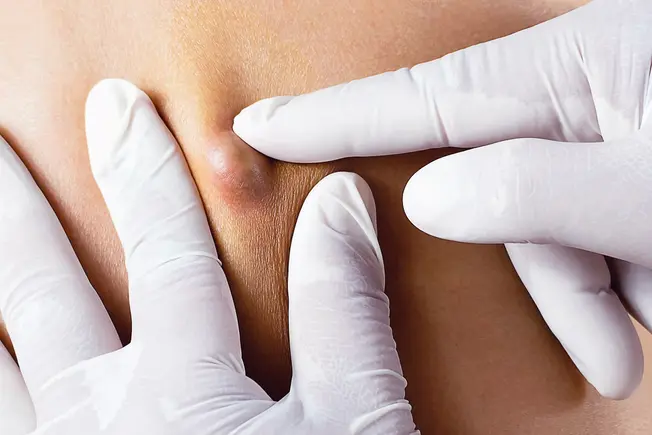
What Is a Cyst?
It’s a lump of fluid, air, or something else. Cysts are very common, and most aren’t cancer. You may need tests (like a CT scan, ultrasound, or biopsy) to confirm that it’s a cyst. They do not go away, but often, cysts don’t need treatment. Your doctor can let you know if yours does. You can get cysts in many different parts of your body, and you may not even know that they’re there.
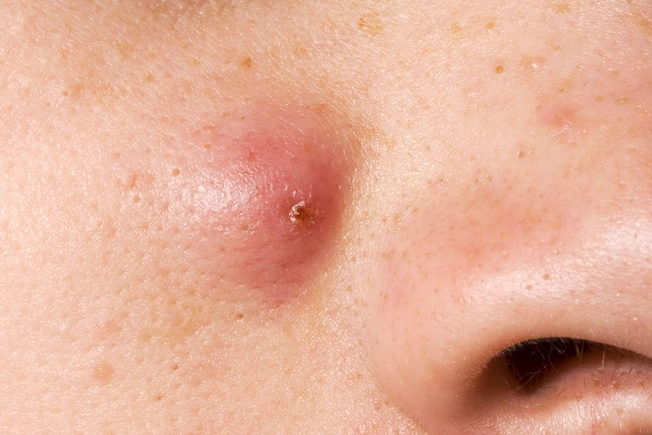
Acne Cyst
You get acne when oil and dead skin block a pore. This often causes a small growth, or “pimple,” that goes away on its own or with over-the-counter drugs. If it’s more serious or a pimple gets very irritated, you might get a larger squishy growth called a cyst. (Hard growths are called nodules.) Talk to your doctor about treatment including antibiotics and other medications for your cysts.
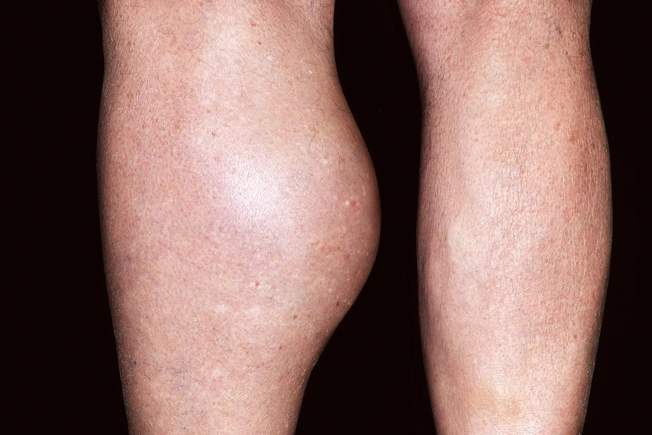
Baker’s Cyst
A soft, fluid-filled lump can form at the back of your knee if you injure the joint because of arthritis, inflammation, a torn ligament, or other causes. You might mistake it for a blood clot. Rest with your leg raised up and ice the area for 15 minutes at a time. Anti-inflammatory drugs could also help. In some cases your doctor may suggest surgery or use a needle to drain it or inject steroids to lessen swelling.
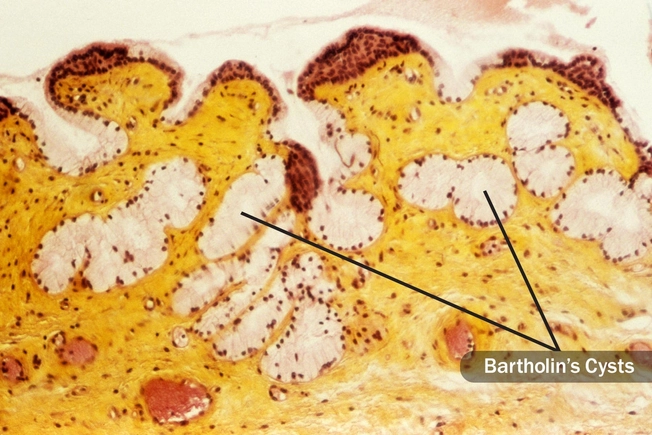
Bartholin's Cyst
The tiny Bartholin glands are deep under the skin on either side of the vagina opening. Their job seems to be to make fluids for sex. If something blocks a duct in one of these glands, it fills with mucus and gets bigger. It could even get infected and form a sore called an abscess. Tub soaks can help. In serious cases, your doctor might do surgery to create a permanent drain or remove the cyst.

Breast Cyst
You might notice one or more smooth lumps with clear edges on your breast, but you can’t always feel them. They may hurt in the days just before your period starts or when you have lots of caffeine. They’re very common and more likely right before menopause, or afterward, if you take replacement hormones. You don’t usually need to treat them, but see your doctor about any breast lump because it may be something more serious than a cyst.
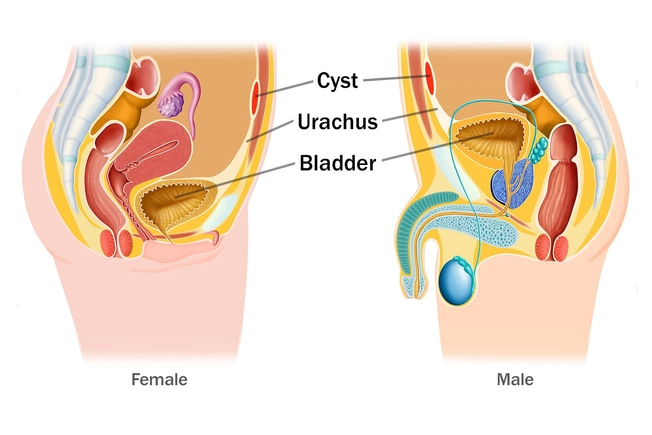
Urachal Cyst
In the womb, a baby’s bladder connects to its belly button through a channel called the urachus in the abdominal wall gut. If it doesn’t close by the time you’re born, a small lump of tissue and fluid (a cyst) can grow there. If it gets infected, you could have belly button pain, fever, and bloody urine. Your doctor may give you antibiotics, drain or remove the cyst, and possibly repair the area with surgery.
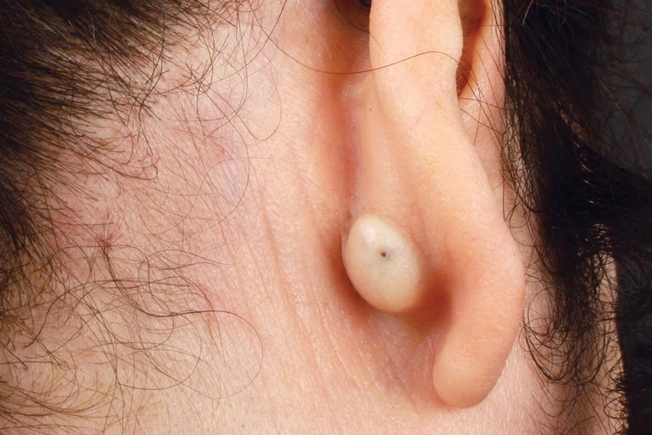
Sebaceous Cyst
Here, something blocks a gland around a hair or irritates the opening (follicle) that holds it, often on your face, ear, head, trunk, or groin. That causes a bump to grow slowly under the skin. It’s usually soft enough to move when you touch it. Usually, it doesn’t hurt, but you might notice a bad smell. Smaller ones usually go away on their own, but your doctor may need to drain or remove larger, swollen, or painful cysts.
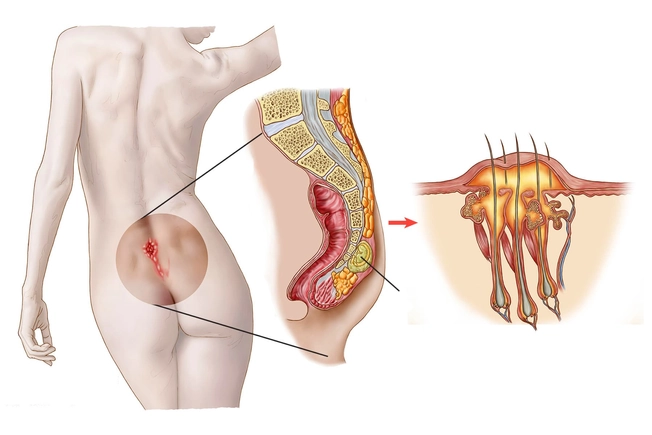
Pilonidal Cyst
A loose hair gets pushed back into the skin. Your body sees it as a threat and builds a pocket around it that holds dead skin and fluid. You might notice irritation at the base of your spine in the crease where your buttocks start. If it gets infected, it can become very painful and may need to be drained or removed. Younger men get it more often, as do people who sit a lot, aren’t active, or are obese.
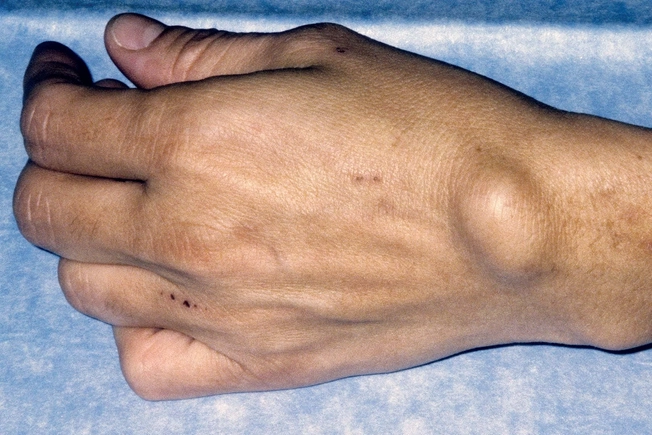
Ganglion Cyst
It’s a lump filled with liquid, most often near joints or tendons on your wrist or fingers. Tendon or joint stress might cause it, but it’s not clear. It may hurt and sometimes changes in size or goes away on its own. Anti-inflammatory meds or splints might curb pain. In more serious cases, your doctor may drain it with a needle or remove it completely.
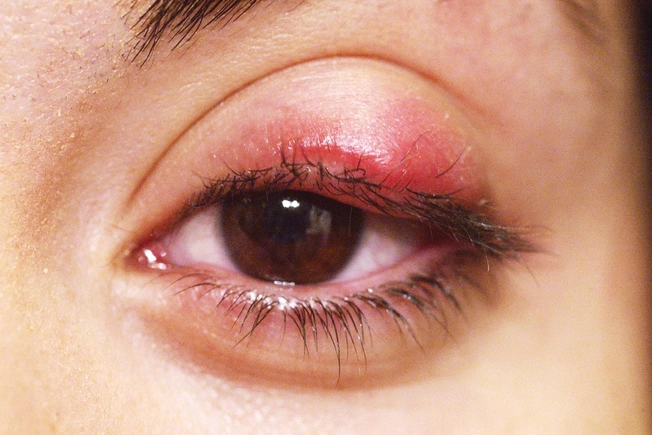
Chalazion
Oil from the meibomian glands around the eyelids gets too thick or the opening clogs. Either way, it builds up and inflames the gland and forms a lump. The cause is often unclear, but certain skin types get it more. You may have no pain unless it gets fairly large. Really big ones can press on your eye and blur your vision. It usually goes away on its own, and warm compresses can help. Talk to your doctor if it sticks around.

Cysticercosis
Eggs from a pork tapeworm, a parasite, can pass into your food or drink contaminated with poop. They hatch in your gut and send small round “oncospheres” through your blood to the brain, muscles, liver, and other organs where they form cysts. You doctor will probably only treat them if they’re in your brain where they could cause headaches, seizures, confusion, or other problems. You’d likely take steroids to ease inflammation.
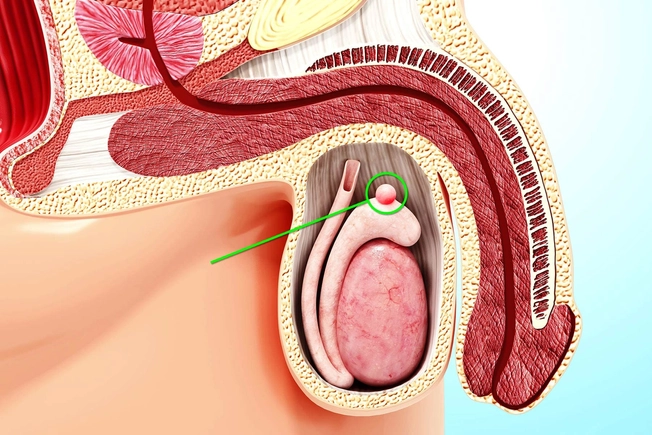
Spermatocele
This cyst forms inside the epididymis, a coiled tube inside a man’s scrotum that connects to their testicles and helps move sperm. It seems to happen when sperm build up at the end of the tube. It’s not cancerous and doesn’t usually hurt, but your doctor should check to be sure. It usually goes away on its own. About a third of all men will get a spermatocele in their lifetime.
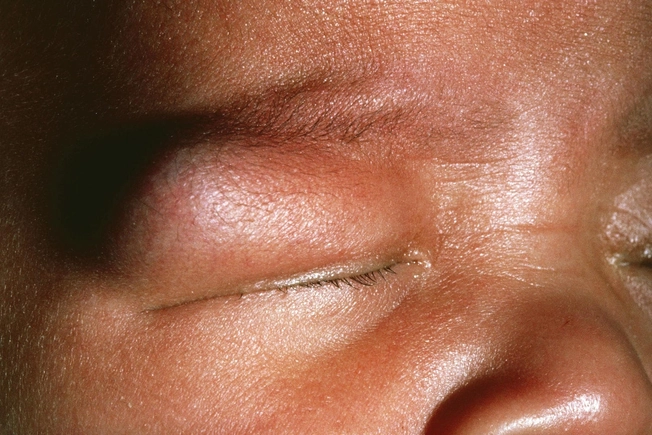
Dermoid Cyst
It happens before you’re born if the layers of your skin don’t grow together properly, usually on the head, neck, or face. That causes a pocket that traps skin, hair follicles, sweat glands, blood, fat, nails, teeth, and other structures. It might not be noticeable until fluid builds up and makes it bigger, sometimes years after birth. Then it looks like a small lump with skin on top that’s easy to move. Your doctor will likely remove the cyst with surgery.